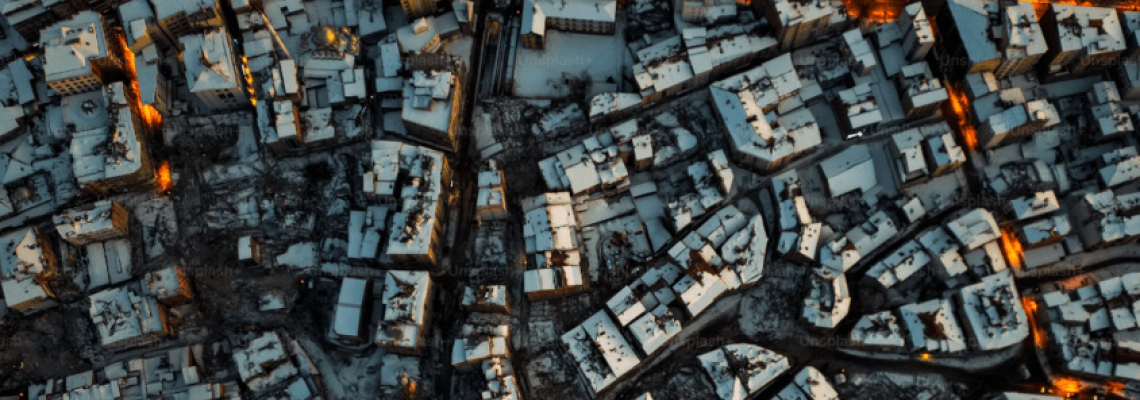The keynote speech, which took place on October 13th, the International Day for Disaster Risk Reduction, was presented at the 5th International Congress on Comprehensive Risk Management and Resilience in Cities, an initiative driven by the Mexico City government, held on October 11th, 12th, and 13th.
“Historical and social studies on disasters have greatly improved our understanding of the underlying causes of risk and have provided key insights for more effective decision-making. One of the most significant contributions has been precisely the distinction between hazard and disaster, arising from the understanding that disasters are socially constructed through the combination of vulnerability and risk. In this sense, it has also been demonstrated that the interplay between structural dimensions and disaster risk prevention forms a virtuous cycle, highly beneficial yet extremely difficult to achieve. However, in the context of environmental and climate emergencies, new questions and debates emerge daily—still in their infancy—and the distinction between natural and anthropogenic hazards becomes blurred, calling into question theoretical and conceptual certainties.”
To reflect on the future of disaster risk management, Dr. Cardona begins his lecture by exploring the evolution of the concepts of risk, hazard, vulnerability, and disasters over the past three decades. He further examines how these approaches have influenced risk management, emphasizing the importance of an integrated and systemic approach to managing risks.
Thus, during his presentation, Dr. Cardona highlights the need to assess risk through the technique of “imagining possible futures.” In other words, he underscores the importance of measuring risk, as scenario planning is essential for taking action in the present. We can only manage what we have measured, and only by recognizing the deficiencies of the current development model can we make the necessary changes to reduce risk.
Finally, the lecture concludes by presenting key points for the future of risk management, emphasizing that managing risk is, ultimately, managing development.
Watch the lecture here (in Spanish).




